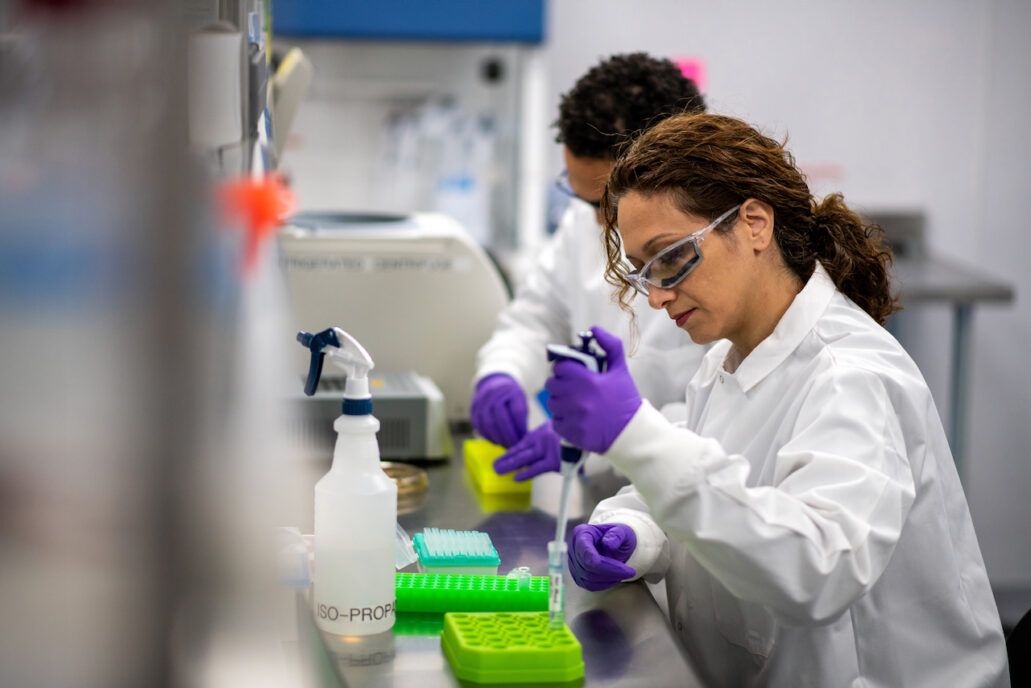
Impact of FDA Laboratory Developed Tests Policy
The U.S. Food and Drug Administration (FDA) made a significant update to its regulatory approach for in vitro diagnostic products (IVDs), including laboratory developed tests (LDTs). Detailed in a FDA Laboratory Developed Tests Policy guidance document issued on June 25, 2024. “Laboratory Developed Tests: Small Entity Compliance Guide” outlines a phased integration of LDTs into the standard regulatory framework that applies to all IVDs.
Impact on Medical Device Manufacturers and Next Steps
The FDA’s Laboratory Developed Tests Policy and updated regulatory framework for LDTs represents a significant shift for medical device manufacturers, emphasizing a unified standard of compliance for all IVDs. This move is likely to enhance the safety and efficacy of diagnostic tests while ensuring a more consistent oversight across the board. To prepare for these changes, manufacturers should thoroughly review the updated guidance to understand the specific compliance expectations and timelines.
Assessing current operations against the new requirements, identifying gaps, developing a detailed compliance plan, training staff on new procedures, updating quality management systems, and ensuring all documentation and reporting processes are in line with FDA expectations will be crucial. Early preparation and proactive adaptation to these regulations will minimize disruptions and maintain the availability of essential diagnostic tools in the market.
About the Updated Regulatory Framework
The FDA’s final rule, published on May 6, 2024, explicitly states that IVDs, when manufactured by a laboratory, fall under the same definitions and regulations as other medical devices. This change aims to standardize compliance across all IVDs, enhancing patient safety and product effectiveness by ensuring consistent regulatory oversight.
Key Features of the Phaseout Policy
The FDA Laboratory Developed Tests Policy document introduces a phaseout policy, concluding the FDA’s previous policy of enforcement discretion for LDTs, which allowed certain IVDs manufactured within clinical laboratories to be exempt from standard FDA regulation. The policy includes:
Clear Definitions and Compliance Expectations:
The FDA’s updated regulatory framework provides comprehensive definitions and clarifies the compliance expectations for all IVDs, including those developed in laboratories. By establishing clear regulatory definitions and expectations, the FDA seeks to eliminate ambiguities that could affect the efficacy and safety of diagnostic tests, ensuring that all products on the market can be reliably used by healthcare providers and patients alike.
Staged Compliance Integration:
Compliance requirements will be phased in over four years, starting with Medical Device Reporting and complaint files in 2025. Subsequent stages will introduce additional compliance areas such as establishment registration and device listing, labeling, and full quality system requirements. This systematic rollout helps mitigate potential compliance burdens by providing predictable and gradual regulatory milestones, which are crucial for maintaining the continuity of laboratory operations and the availability of tests.
Targeted Enforcement Discretion Policies:
Specific categories of IVDs, such as those for unmet needs and previously marketed IVDs offered as LDTs, will still benefit from targeted enforcement discretion policies. This approach allows the FDA to protect public health while supporting innovation and access to necessary diagnostic tests, particularly in areas where commercial tests may not be available.
Further Information and Resources
The full FDA Laboratory Developed Tests Policy document and additional resources are available on the FDA’s website, offering comprehensive guidance on the regulatory framework for IVDs, including laboratory developed tests. Laboratories and manufacturers are encouraged to review these materials thoroughly to ensure full compliance by the deadline.
For more information about the phaseout policy and how to prepare for it, visit the FDA’s official website or contact the regulatory agency directly through their provided contact channels in the guidance document.
Practical Implementation Examples from the FDA Guidance
Medical Device Reporting Compliance:
Starting May 6, 2025, laboratories must comply with Medical Device Reporting (MDR) requirements. This is crucial for early detection of potential issues with IVDs, allowing for swift corrective actions to enhance patient safety.
Grandfathering of Existing LDTs:
Certain LDTs that were on the market before the enforcement of the rules, and which have not undergone significant modifications can continue to be used without full compliance until later stages. This grandfathering clause is intended to prevent disruption in the availability of crucial tests.
Quality System Requirements Adaptation:
By May 6, 2027, laboratories are expected to fully implement Quality System (QS) requirements under 21 CFR part 820. This includes establishing processes for design controls, purchasing controls, and Corrective and Preventive Actions (CAPA).
The FDA believes that this approach will streamline regulatory processes and improve the quality and safety of diagnostic tests available in the market, ultimately benefiting public health.
Alexandra (Sandy) Reid is a StarFish Medical Quality Assurance and Regulatory Affairs Specialist. She brings years of experience working in the industry. Sandy supports the QA/RA team in helping clients develop and deliver FDA Approved or Cleared Medical Devices.
ELLA is a free AI-powered FDA regulatory research tool that uses advanced natural language processing to extract key insights from FDA databases, guidance documents, and adverse event reports.
Join over 6000 medical device professionals who receive our engineering, regulatory and commercialization insights and tips every month.
